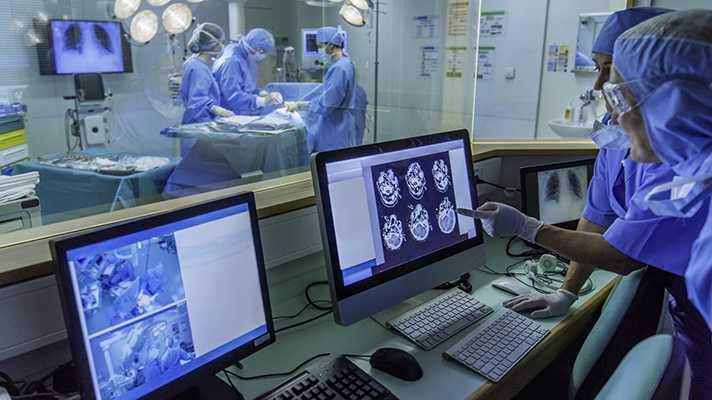In the ever-evolving landscape of healthcare, the role of installations within hospitals has transformed from mere structural elements to pivotal components revolutionizing patient care, operational efficiency, and overall experience. These installations encompass a wide array of technologies, designs, and systems that have significantly reshaped the healthcare environment Oxygénothérapie.
Creating Healing Environments
Hospitals are no longer sterile, cold spaces. Installations have been pivotal in crafting warm, inviting atmospheres conducive to healing. Incorporating elements like natural light, soothing color schemes, and nature-inspired designs, modern hospitals aim to alleviate patient stress and promote recovery. Rooftop gardens, therapeutic artwork, and strategically placed greenery contribute to creating serene spaces that aid in patient well-being.
Technological Marvels
Cutting-edge technology has become an integral part of hospital installations. From state-of-the-art diagnostic equipment to advanced monitoring systems, technology installations have drastically improved patient care. Robotics assist in surgeries, AI algorithms aid in diagnostics, and telemedicine setups enable remote consultations, ensuring healthcare accessibility beyond geographical boundaries.
Efficient Infrastructure
Installations within hospitals extend beyond patient-centric areas. They encompass infrastructure enhancements aimed at optimizing operations. Automated inventory systems, smart HVAC systems, and energy-efficient lighting not only reduce operational costs but also contribute to a sustainable healthcare ecosystem. Additionally, the integration of electronic health records streamlines data accessibility, ensuring seamless information flow among healthcare providers.
Patient-Centric Designs
Innovative installations focus on patient-centric designs that prioritize accessibility and comfort. Ergonomic furniture, adjustable beds, and accessible facilities cater to patients with diverse needs, ensuring an inclusive healthcare environment. Installations also incorporate user-friendly interfaces and wayfinding systems, guiding patients through complex hospital layouts and reducing stress associated with navigating unfamiliar spaces.
Future Prospects
The evolution of hospital installations shows no signs of slowing down. Augmented reality (AR) for medical training, 3D printing for personalized implants, and the utilization of big data for predictive healthcare are just glimpses of the innovations shaping the future. Moreover, the integration of IoT (Internet of Things) devices promises real-time patient monitoring and enhanced treatment protocols.
Challenges and Considerations
Despite the advancements, challenges persist. The cost of implementing and maintaining cutting-edge installations remains a hurdle for many healthcare institutions. Additionally, ensuring the security and privacy of sensitive patient data in a digitally connected environment remains a priority.
In conclusion, installations in hospitals have undergone a remarkable transformation, playing a pivotal role in reshaping the healthcare landscape. They not only enhance patient care and experience but also streamline operations, paving the way for a more efficient and patient-centric healthcare system.
